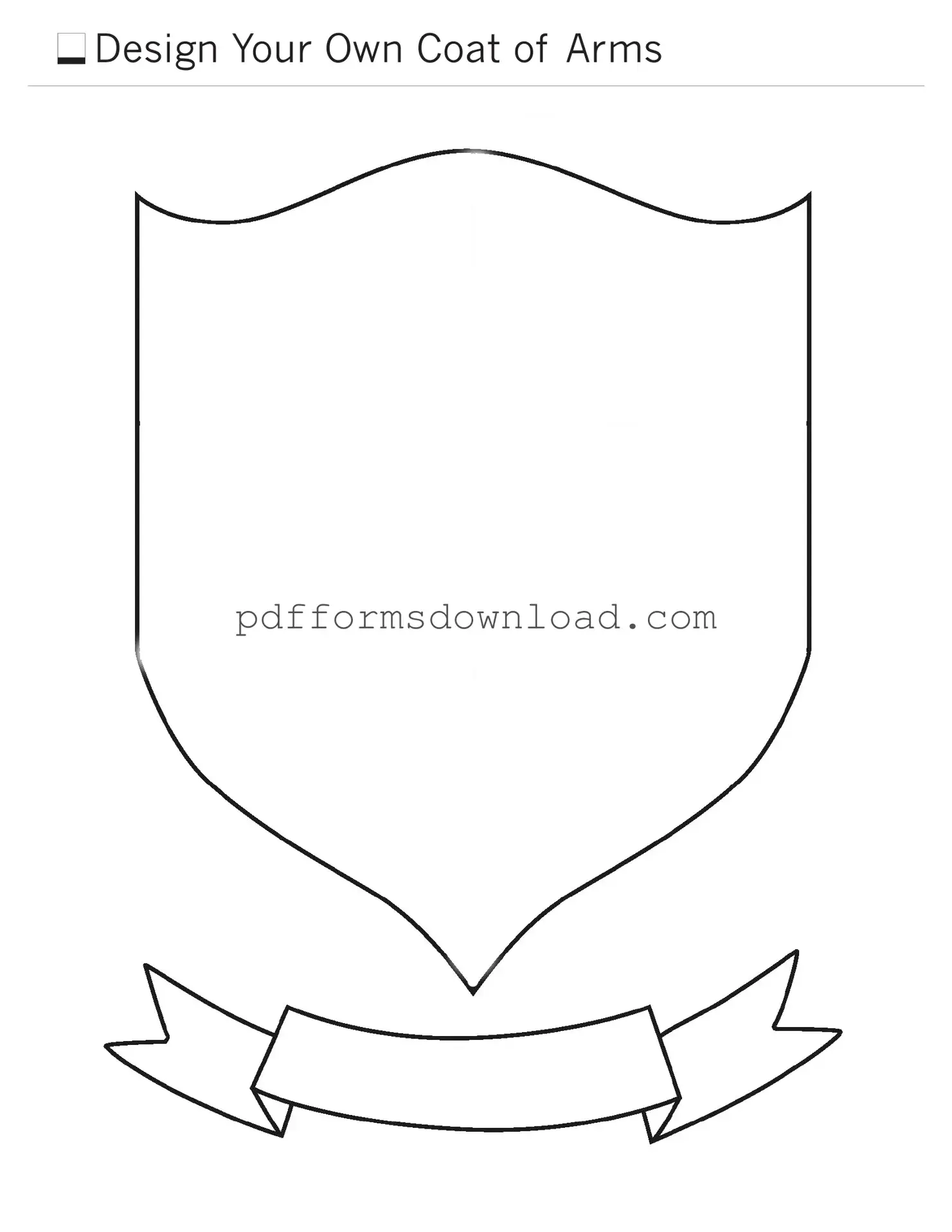What is the Coat Of Arms form?
The Coat Of Arms form is a document used to request the creation or registration of a coat of arms. This form is typically utilized by individuals or organizations seeking to establish a heraldic identity that reflects their heritage, values, or achievements. It serves as an official means to document and preserve the design and significance of the coat of arms.
Who can apply for a Coat Of Arms?
Any individual or organization with a legitimate interest in heraldry can apply for a coat of arms. This includes families, clans, businesses, and institutions. However, applicants may need to demonstrate a connection to the historical or cultural significance of the coat of arms they wish to create or register.
What information is required to complete the Coat Of Arms form?
Applicants must provide detailed information, including personal or organizational details, a description of the desired coat of arms, and any relevant historical context. Additionally, supporting documentation may be required to establish eligibility and the significance of the proposed design.
Is there a fee associated with submitting the Coat Of Arms form?
Yes, there is typically a fee associated with the submission of the Coat Of Arms form. The amount may vary depending on the jurisdiction and the specific services requested, such as design consultation or registration. It is advisable to check with the relevant heraldic authority for the exact fee structure.
How long does the process take to receive a coat of arms?
The timeline for processing a coat of arms application can vary significantly. Generally, it may take several weeks to several months, depending on the complexity of the design and the workload of the heraldic authority. Applicants are encouraged to allow ample time for review and potential revisions.
Can I modify an existing coat of arms?
Modifications to an existing coat of arms are possible, but they typically require a formal application and approval process. Changes may be necessary to reflect new achievements, marriages, or other significant events. It is important to consult with the appropriate heraldic authority to ensure compliance with heraldic rules and traditions.
What happens if my application is denied?
If an application for a coat of arms is denied, the applicant will usually receive a detailed explanation outlining the reasons for the denial. In many cases, applicants have the option to revise their submission and reapply. It is advisable to address any concerns raised by the heraldic authority before resubmitting.
Where can I submit the Coat Of Arms form?
The Coat Of Arms form can typically be submitted to the relevant heraldic authority in your jurisdiction. This may include state, regional, or national organizations that oversee heraldry. It is essential to verify the submission process and any specific requirements with the appropriate authority before proceeding.
